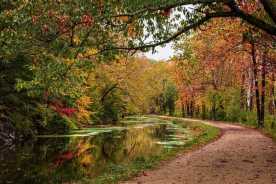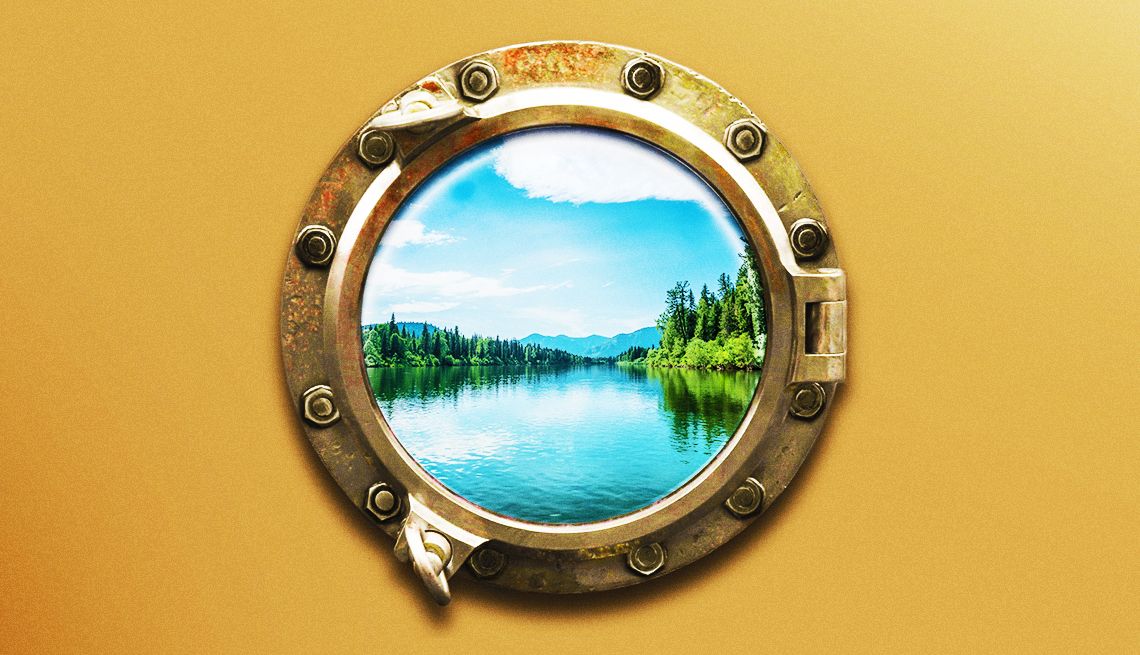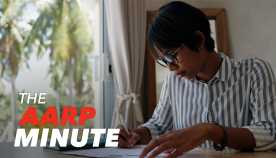AARP Hearing Center


Every Fourth of July for 35 years, Ken Burns clears his throat and reads from the Declaration of Independence. Before anyone is allowed to lift a fork at the long table in his sprawling white Colonial home in Walpole, New Hampshire, they listen as the acclaimed documentarian recites from the 249-year-old document. It only takes a few minutes. “I have four daughters — the oldest is 42 — and that’s probably their main memory of the Fourth of July,” he says.


He worries that few people know the document by heart, so he made sure his kids would never forget it. “I don’t read all the complaints [the list of 27 grievances against King George III],” he says. “But I read the beautiful setup and the dismount.”
His admiration for America’s early years doesn’t stop there. Burns, 72, also carries a small copy of the Constitution of the United States in his pocket.
That annual ritual of reading aloud the sacred document — both a celebration and a sobering second look — captures the spirit of Burns’s new documentary, The American Revolution, codirected with longtime collaborators Sarah Botstein and David Schmidt. It’s a six-episode, 12-hour series that premieres Sunday, Nov. 16 on PBS, with new episodes nightly through Friday, Nov. 21. (It can also be streamed on PBS.org and the PBS app starting Nov. 16.)
It isn’t just another trot past familiar statues. The filmmaker behind landmark documentaries about the Civil War, baseball, jazz, the Vietnam War, national parks, and dozens other explorations of American identity told AARP during a wide-ranging conversation by phone and video, “You think our country is divided now? Back then it was really divided. It was a revolution superimposed by a civil war, superimposed by a global war.”
The Revolution was an against-all-odds gamble: a scrappy collection of colonies taking on the world’s most powerful empire. In 1776, barely 2.5 million people lived in the colonies, and they were facing down the British Army and Navy at their peak. The fighting was vicious and unrelenting. Roughly 6,800 Americans were killed in action, thousands more were wounded, and disease and prison ships pushed American deaths toward 25,000 — staggering losses for a nation not yet born.
A passion that’s contagious
Talking with Burns is like sitting down with the most captivating history professor you ever had, the one whose office hours would stretch into the evening because he couldn’t stop pulling books off the shelf to illustrate a point. During our conversation, scheduled for just 15 minutes, Burns lost track of time entirely. Two hours disappeared as he dove into the minutiae of Washington’s tactical decisions, the psychological warfare of the prison ships, and the revolutionary fervor that swept through taverns and town squares.
“Please don’t give this away,” he says at one point, leaning in conspiratorially before revealing a narrative twist in Episode 4, involving the second career of teenage fifer John Greenwood, who went on to become George Washington’s dentist — as if there were still spoilers to be had from a 250-year-old war. Yet there are.


It’s this quality — this genuine, childlike wonder at history’s drama — that makes Burns such a magnetic storyteller. He talks about the Revolution like he’s describing a thriller he just binged last weekend, unable to contain his excitement about what happens next.
The past isn’t distant to Burns. It’s urgent, immediate and bursting with lessons we’re somehow still learning.
From body count to big questions
Burns’s curiosity hasn’t dimmed with age. If anything, it’s sharpened. The American Revolution project took a decade, he says, and demanded everything he had learned over the years. For the award-winning filmmaker, this one felt both inevitable and impossible to get right. It’s personal, urgent and, by his own estimation, the most consequential film he’s ever made.
“Every lesson I’ve ever had about filmmaking, it’s all come into play for this movie,” says Burns. To him, commemorating the Revolution should be something more than a museum diorama. It’s a living argument that requires context and humility, exactly the muscles an older mind knows how to use.
The challenge, he says, is to move past the marble and mythology and let real people back into the room. “Everybody knows, or thinks they know, about George Washington. But we tried to make him real.” That meant showing Washington as a man improvising under pressure.


When the Continental Congress tapped Washington to lead the Continental Army in 1775, he was 43 years old, a Virginia planter with military experience, but hardly a proven commander. He’d cut his teeth during the French and Indian War two decades earlier, but leading a ragtag revolutionary army against the British Empire was a different beast entirely. Washington learned on the job, improvising strategies and holding together an army that was perpetually underfed, undersupplied and on the verge of desertion. He lost more battles than he won, but he had such a presence that men followed him across icy rivers and impossible odds.
Burns lights up when discussing these details. “If he’d been caught, the British would have hung him or drawn and quartered him,” he says, his voice rising with intensity. “Just think of any of the richest people in the country right now. We don’t have to name names, but just think of one of the richest people in the country risking their life and entire fortune for an idea about freedom that’s never been attempted before. That wouldn’t happen.”
Our nation was founded “under remarkable circumstances,” he says. “It’s not something we appreciate nearly enough.”












































































You Might Also Like
The U.S. 250th Anniversary Watch List
Historians on America’s earthshaking Revolutionary founding — and why we should revisit it
Explore 7 Hidden Revolutionary War Gems
Visit these 7 spots to celebrate the 250th anniversary of the American Revolution
Get To Know America's Revolutionaries
A Philadelphia museum goes beyond the best-known stories